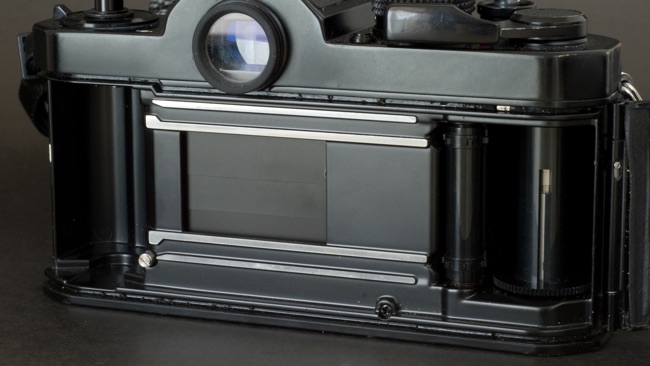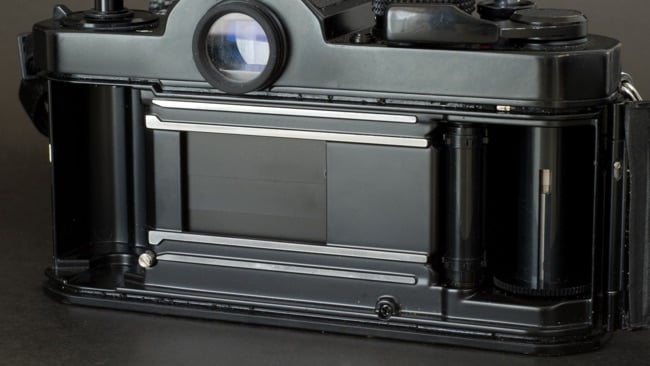
 Mechanical shutter on an old Nikon
Mechanical shutter on an old Nikon
Thanks to the popularity of mirrorless interchangeable lens cameras (MILC) such as the Panasonic GH4 and Sony α7, the electronic shutter has gained market share in shooting higher quality digital images. But will it ever supplant the mechanical shutter of the DSLR?
Here's a quote to begin with: “Low-light shooting (high ISO) is greatly impacted due to the space required at each pixel site for the electronics required to ‘flash’ the entire sensor at the same time... (yet) the advent of a practical global shutter could very well bring about the end of the traditional mechanical shutter, further slimming the size of some cameras.” — Darin Pebbel, Senior Marketing Manager of Imagine, Panasonic.
The advantage of a mirrorless electronic shutter is that it can be silent and faster. But since an MILC doesn’t have to include that mechanical shutter assembly in its design, it also means a camera that is smaller and lighter to carry. Without any physical moving parts, it also means that your camera will last a lot longer because there is no wear-out factor like there is with a mechanical shutter.
Another advantage is that without the “clunk” of a mechanical shutter, there are no vibrations that can affect the quality and sharpness of your image due to shutter movement. Shutter speeds are also faster with electronic shutter speeds — up to eight times faster than a mechanical shutter.
But along with those advantages, there are some disadvantages. The main issue is a rolling shutter effect. Another problem is syncing your camera with a flash. Moving your image can cause a skewing shift or jelly-like image (you can really see this on images of aeroplane propellers), or fast moving subjects that can look unnatural. Indoor lighting, especially those from the post-incandescent era, will cause a kind of gradience or colour banding, due to different lines of the image being captured during the pulse of a fluorescent and LED lamp. The electronic shutter’s Achilles heel is that it can create a series of thick band-like shadows that are problematic to fix in post. The beauty of the mechanical shutter is its tactile response.
As time goes by, MILC cameras will likely move towards global shutters which can solve most of these issues and enhance the performance, but for now, the mechanical shutter of the DSLR is still the once and future king.
Hat Tip - FStoppers
Tags: Production


Comments